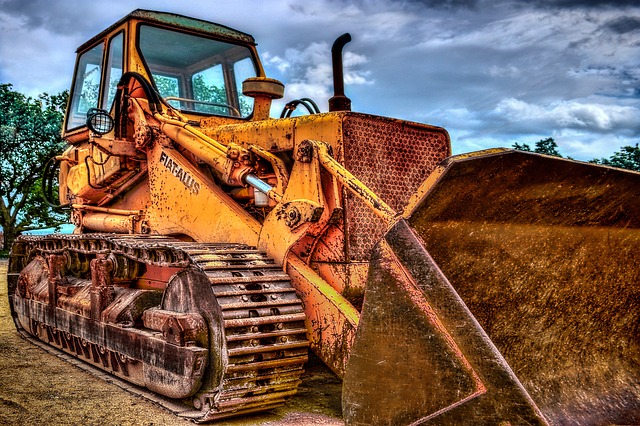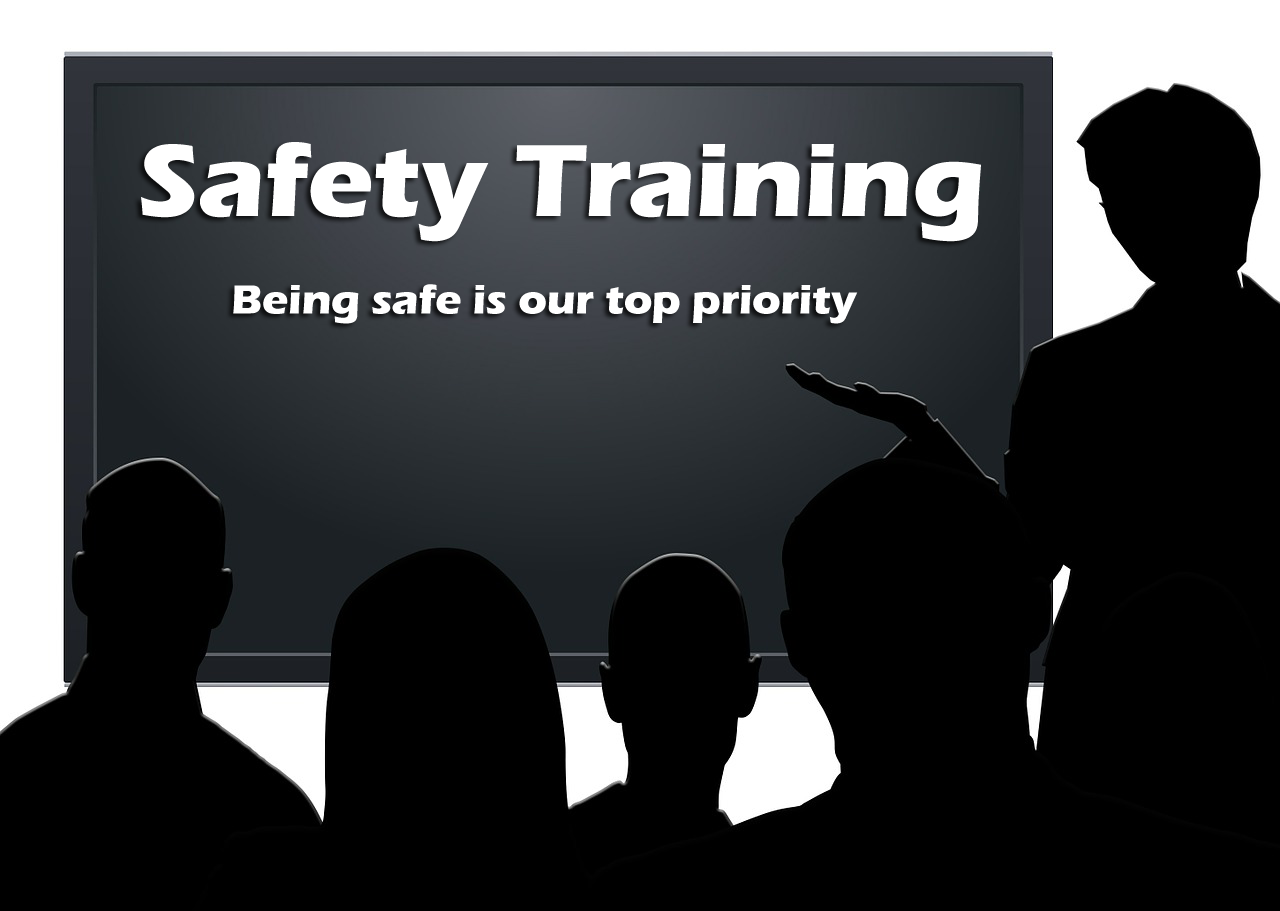Culture of Health and Safety: It Pays to be Safe

Why nurture a culture of health and safety in your workplace? The reason is simple: a well maintained health and safety program can prevent injuries and fatalities and provides financial benefits by preventing fines associated with safety hazards.
In other words: It pays to be safe.
According to OSHA, “Nearly 50 American workers are injured every minute of a 40-hour work-week. Almost 17 die each day.” Many workers in high-risk industries such as construction, machining and other labor-intensive occupations, wonder each day if they will become a statistic. Their families worry about them, too, knowing safety conditions are not always well monitored. All employees are entitled to a basic standard of safety in the workplace. OSHA monitors U.S. industries to ensure those basic requirements are met.

Falls are frequently among the top causes of fatalities. Construction Dive reported in Texas, “Angel Garcia was catching demolished concrete with a Caterpillar loader when a large piece of concrete tipped the loader, causing Garcia to fall almost 40 feet”. OSHA fined two contractors on the project a total of $130,000 for their roles in the accident. This 2013 incident contributed to the total of 699 fatal falls, slips, or trips in the workplace recorded that year.
Not
only do workplace fatalities destroy lives and families, they are often costly
to businesses. This year,
OSHA is
raising fines up to 78%
. The
Occupational Health and Safety Administration was due for a change. The last time they raised penalties was 1990.
OSHA’s drive is to instill a sense of duty for all businesses, to adhere to the laws
and to create safe
workplaces for all employees.
The new rates take affect August, 2016. However, violations cited by OSHA for the incidents occurring after November 2, 2015 are required to pay the new rates.
OSHA’s
eTool
cites two categories of expenses for injuries, illnesses and
fatalities:
Direct Costs and Indirect Costs.
Direct Costs are obvious; penalties and payments incurred due to the incident. For example, if a worker suffers an eye injury, there are upfront medical costs and paid leave for recovery time.
Indirect Costs are effects of the incident on the business itself, which include but are not limited to:
- Training and compensating a replacement worker
- Investigating the incident
- Implementing corrective action
- Schedule delays
- Repair to damage done to machinery and/ or property
According to OSHA, “Studies show that the ratio of indirect costs to direct costs varies widely, from 20:1 to as low as 1:1. OSHA's approach is shown here and indicates that the lower the direct costs of an accident, the higher the ratio of indirect to direct costs.”


Source: OSHA’s Cost of Accidents
Another indirect cost to consider is any fine OSHA imposes for violations uncovered during an investigation. While fines are sometimes reduced for small businesses, the end result is still punitive.
Implementing a successful health and safety culture in the workplace can make a major impact. Pepper Construction Group, a company with 970 employees, saw drastic changes after creating a new safety culture that focused on their “people”. Their main goal continued to be growth and profitability, but it was built on a foundation of personal safety. Pepper Construction Group created the “ TEAM safety mission statement ” in order to communicate their ideas to their employees:
- Training for all employees.
- Empowerment where everyone has the authority to say “no” to unsafe conditions.
- Action – the commitment to taking the steps necessary to protect employees and continuously strive to improve the safety program.
- Motivation – Making sure the safety of the company’s people is the top priority, above all else.

Other initiatives implemented as part of their new corporate culture included ongoing training courses with small groups of employees at a time, ensuring a high level of personal attention and improved understanding and consistency across all individuals and teams.
After implementing their new culture of safety, Pepper Construction Company ranked well below the national average in Case Incidents Reported (CIR) for the succeeding years. Over time, employees worked to improve safety together, reducing risk in their work environment, thereby reducing the direct and indirect costs associated with accidents. This safety culture led to improved profits and better employee welfare. OSHA’s website has the full report on Pepper Construction Groups’ findings .

Launching a new corporate culture in your workplace can be daunting. A good place to start is performing a risk assessment. Understanding what risks are encountered on a daily basis will provide the launch-pad for your program. After you’ve gathered information about risks in your workplace, focus on the hearts and minds of employees. Teach workers to recognize unsafe situations and encourage them to report hazards without fear of retribution. In-house training DVDs can help employees learn proper behavior for a variety of topics, available in both English and Spanish. Always ensure proper equipment is provided for the job at hand. For laboratories and companies that work with chemicals, compatibility charts and Safety Data Sheets are essential and must be easily accessed, along with proper storage facilities for chemical waste . For the construction industry, safety harnesses should be worn when working where injury to falls is possible. PPE (Personal Protection Equipment) should be worn and its supply checked regularly to avoid worn out or depleted items. Knowing what is required and monitoring continually, is an ongoing part of any safety culture.
Under a successful culture of workplace safety, employees will feel confident, safe and informed. In turn, their contribution to a safe environment can save thousands, if not millions of dollars, by avoiding and preventing violations and workplace incidents. More information on implementing a Health & Safety Culture with case studies of the results can be found on OSHA’s website , along with an eTool for guidance .
Recent Posts
-
Disinfecting Surfaces in the Era of Covid and EPA Registered Commercial Disinfectants and Viricides
The disinfection of surfaces at home, in public spaces, and in hospitals and clinics needs to be a …15th Jan 2023 -
Working with Inorganic Acids in the Laboratory: A Practical Guide
Working with Inorganic Acids in the LaboratoryAcids are of great importance in the laboratory and ar …4th Jan 2023 -
The Top 12 Drinking Water Contaminants
1.Lead- from older plumbing systems pre-1986, when lead pipes, solder, and components were banned. …14th Dec 2022
